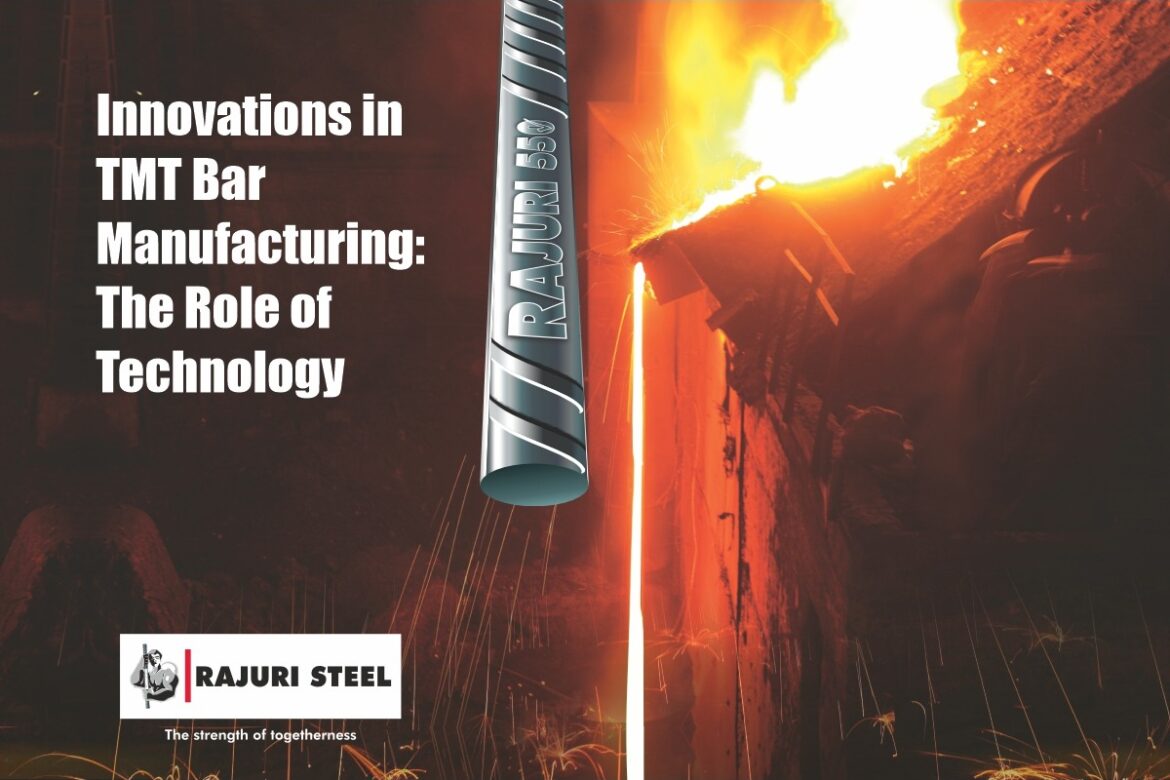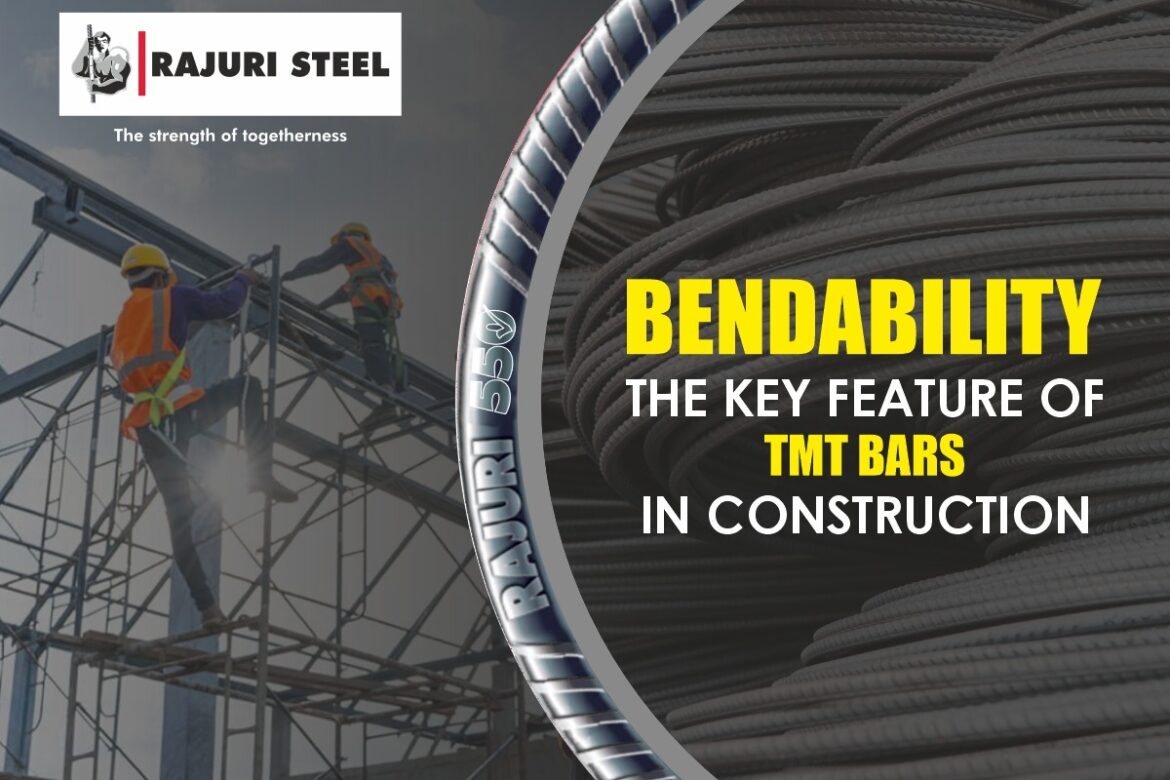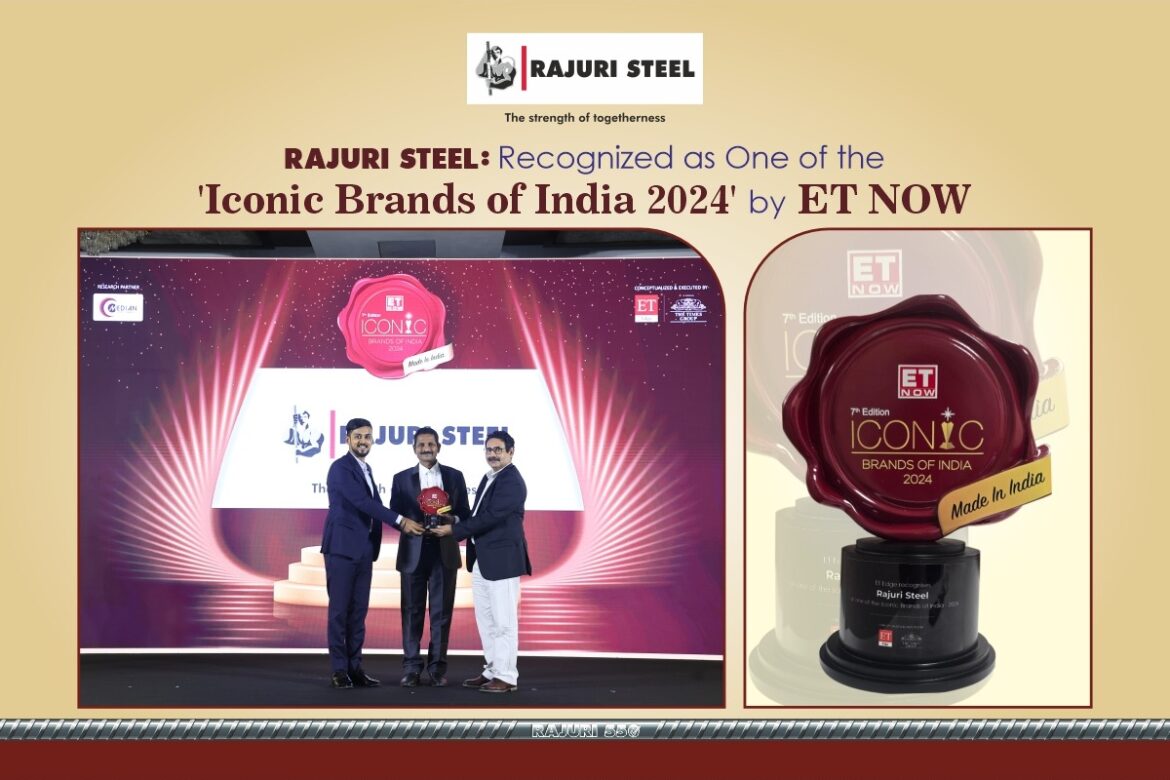The construction industry is constantly evolving and demanding high-quality materials that meet stringent standards for strength, durability, and sustainability. TMT bars, known for their superior performance in construction applications, are at the forefront of this demand. As technology advances, TMT bar manufacturing is experiencing a significant transformation, driven by innovations in automation, IoT, and artificial intelligence. These technologies are not only enhancing efficiency but also improving the quality of TMT bars, ultimately shaping the future of the steel industry.
Advanced Metallurgical Processes
At the heart of TMT bar production is the application of cutting-edge metallurgical processes. Innovations such as controlled cooling and quenching techniques have immensely enhanced the strength and ductility of TMT bars. By utilizing precise temperature management, manufacturers like Rajuri Steel can produce rebars that not only meet but exceed the industry standards for structural integrity. This technological advancement ensures that TMT bars can better withstand stresses, making them ideal for various construction applications.
Automation
The integration of automation and Industry 4.0 technologies has revolutionized TMT bar manufacturing. Smart factories equipped with automated systems manufacturers can monitor and streamline production processes, reduce human error, and increase output. This not only improves operational efficiency but also reduces waste and improves product consistency. Automated machinery accomplishes tasks such as rolling, cutting, and bundling with precision and speed, ensuring that each rebar meets the expected specifications. Automated techniques can manage the critical cooling process essential for achieving the desired mechanical properties in TMT bars. Moreover, automation permits continuous production processes, minimizing downtime and maximizing efficiency. Companies like Rajuri Steel implement these technologies, to meet the growing demands of the construction industry while maintaining high production standards.
Data Analytics and Predictive Maintenance
Data analytics plays a vital role in optimizing TMT bar manufacturing. By collecting and analyzing data from various production stages, manufacturers can achieve insights into their processes and identify areas for improvement. Predictive maintenance, enabled by advanced analytics, allows organisations to predict possible equipment failures before they arise, this not only minimizes downtime but ensures continuous production. This proactive approach enhances efficiency and leads to cost savings, further strengthening the competitive edge of manufacturers in the market.
Internet of Things
The integration of IoT technology in TMT bar manufacturing provides exceptional connectivity and monitoring. By equipping production machinery with IoT sensors, manufacturers can gather real-time data on various operational parameters, such as temperature, pressure, and material flow. This data is invaluable for making informed decisions and optimizing entire production processes.
IoT sensors detect abnormalities during production, alerting operators to potential issues before they escalate. This proactive approach not only improves product quality but also reduces material waste and operational costs. Further, IoT technology facilitates adequate inventory management by providing real-time visibility into stock levels and production schedules, assuring that manufacturers can meet market demands promptly.
Artificial intelligence
Artificial intelligence is playing a transformative role in TMT bar production by enabling intelligent decision-making and process optimization. AI algorithms analyze large datasets generated during production to identify patterns and forecast outcomes. This capability allows manufacturers to optimize production plans, manage resources efficiently, and improve overall productivity.
AI-powered quality control systems are especially impactful, these systems utilize machine learning to analyze product attributes, identifying defects or inconsistencies with exceptional precision. By implementing AI in quality assurance, manufacturers can ensure that only the highest quality TMT bars reach the market, minimizing the risk of structural failures in construction applications.
The innovations in TMT bar manufacturing driven by technology are reshaping the industry landscape. From advanced metallurgical processes to the integration of automation and data analytics, these technological advancements are enhancing product quality, operational efficiency, and sustainability. Companies like Rajuri Steel, embracing these innovations, are not only meeting the current demands of the construction sector but also paving the way for a more resilient and sustainable future in infrastructure development. The role of technology in TMT bar manufacturing is undeniably transformative, and its continuous evolution will be crucial for the industry’s success.




